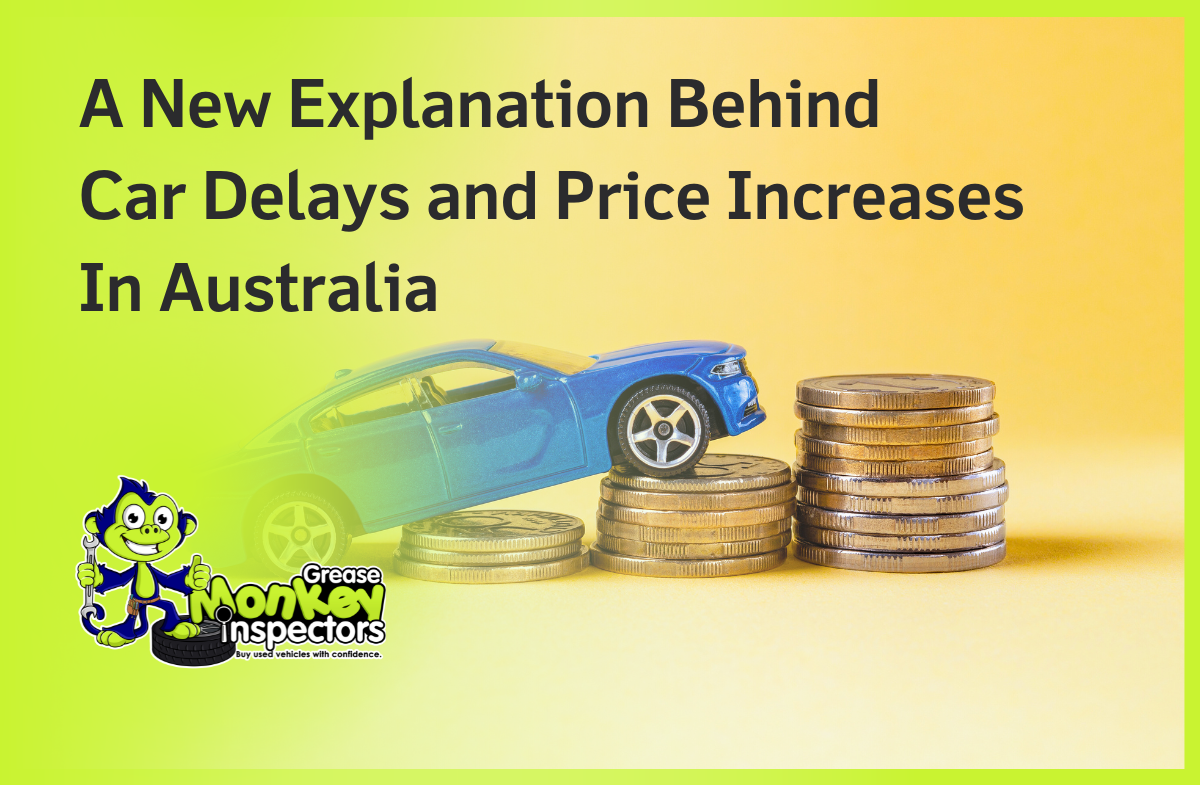A series of unexpected setbacks have caused significant car delays for deliveries across Australia, increasing the risk of price hikes. While the semiconductor shortage is often blamed, there are two other key factors contributing to the difficulty of finding a good deal on a new car in the near future.
Supply Chain Challenges Unique to Australia
Due to two new supply chain vulnerabilities unique to Australia, automotive industry experts warn that waiting times for new cars won’t improve until at least the second half of 2022. Shipping is the next major challenge in getting new cars to local dealerships and consumers.
Shipping Complications
According to automotive logistics experts, the number of car-carrying freighters arriving in Australia has halved since the global pandemic began. Many shipping companies are avoiding long quarantine waits due to COVID-19 outbreaks or agricultural breaches such as stink bugs. Additionally, ships are being reconfigured to meet the changing demand for vehicles.
The cost of available space on car-carrying ships destined for Australia has increased due to a shortage of frequency and the types of vehicles being purchased. The shift towards larger vehicles, such as utes, four-wheel-drives, and especially vans, has put unprecedented strain on ships delivering cars to Australia.
Demand for high-roof vans in Australia has more than doubled due to the surge in online sales and parcel deliveries during the pandemic. However, these large vehicles take up more space on ships, making transportation less efficient and more costly.
“High-roof vans are long and tall and take up the equivalent space of two or three passenger cars,” said an industry insider. This has driven vehicle shipping costs from $1200 to $1600 for a ute or SUV, and from $2100 to $3900 for a long-wheelbase high-roof van.
Adding to the complexity, foreign transportation is usually paid for in US dollars, requiring Australian vehicle importers to consider currency exchange rates when determining drive-away charges. Finding space on a ship is becoming increasingly challenging.
Most car-carrying shipping decks are divided into three height categories: below 2 meters, below 2.5 meters, and over 2.5 meters. High-roof vans and other large vehicles fall into the latter category. Car companies prioritize passenger cars, SUVs, and utes under the 2-meter limit because these are in highest demand and deliver the most profit.
Larger vehicles, such as high-roof vans and US pick-up trucks, are making their way onto car carriers heading for Australia, but the infrequent shipping schedules cannot keep up with the current strong demand.
“There hasn’t been a new car-carrying ship built since COVID started,” said a logistics industry insider. “Most ships are only configured to carry a small proportion of larger vehicles.”
Vehicle Storage Shortage
Another significant issue in Australia’s new-car stock shortfall is the lack of vehicle storage facilities, which are now less than 30% full across the country. Before the pandemic, new cars were stored for 45 to 60 days between the docks and the dealers. Now, the average storage time is less than seven days, leading several transportation companies to go out of business.
Hyundai-Kia, a South Korean conglomerate, is generally immune to this problem as it builds its own ships and operates its own vehicle-carrying freighters under the GLOVIS brand. However, they still face stock shortages and lengthy delivery delays due to the global semiconductor crisis.
Toyota, the world’s largest manufacturer and Australia’s most popular brand, recently apologized to customers, many of whom have been waiting up to ten months for popular models. The Australian Automotive Dealers Association (AADA) has also urged customers to be patient amid the new-car shortage, which industry veterans say hasn’t occurred since World War II.
Pre-Purchase Inspection Before Buying a Used Car
Given the current situation, buying used cars has become a more essential option for those looking to purchase a vehicle. Online portals have revolutionized the process, making it easier to find the car you want. However, it’s important not to treat the purchasing procedure lightly.
The ad won’t tell you everything you need to know about the car. It’s crucial to watch out for less-obvious hazards and perform a pre-purchase inspection to ensure you’re making a quality purchase. Having a mechanic inspect the vehicle through a company like Greasemonkey Inspectors can reveal any flaws and reduce the risk of purchasing a lemon car. Researching the vehicle’s reported history can also help uncover hidden issues.
For the best pre-purchase car inspector in Melbourne, contact Greasemonkey Inspectors today!
Conclusion
Car delays in Melbourne and across Australia are caused by a combination of shipping challenges and vehicle storage shortages. While the situation is frustrating, understanding the causes and exploring alternatives, like purchasing a used car with a thorough inspection, can help you navigate these delays. For detailed inspection packages, check out our Inspection Packages to ensure your next car purchase is a wise investment.

